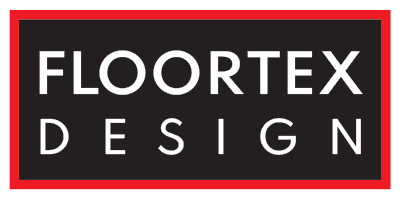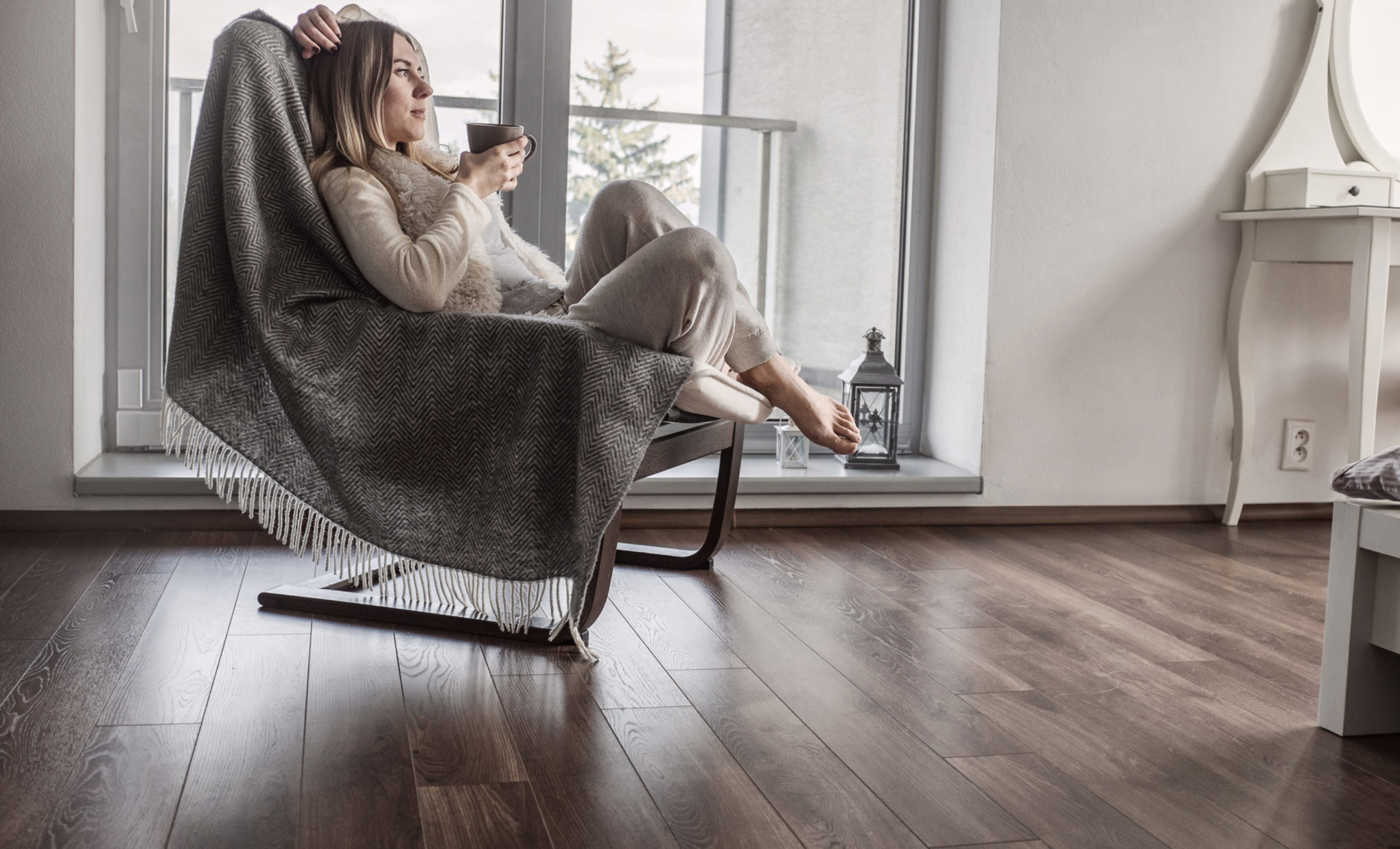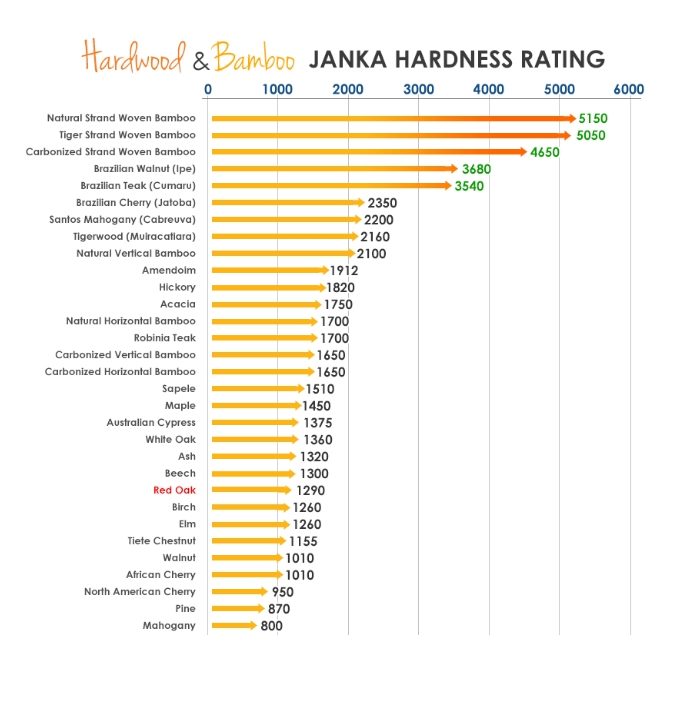

Hardwood
flooring
selection
made easy.
We offer exceptional solid and engineered wood, that will help enhance any area of your home, and will consult you every step of the way. Get started by speaking with one of our flooring experts today.

You want the very best.
That’s why we hand select every solid
and engineered hardwood product.
Inquire to get in touch with our flooring experts.
Hardwood
flooring
selection
made easy.
We offer exceptional solid and engineered wood, that will help enhance any area of your home, and will consult you every step of the way. Get started by speaking with one of our flooring experts today.
You want the very best.
That’s why we hand select every solid
and engineered hardwood product.
SOLID HARDWOOD
Solid Hardwood is 100% solid wood. Most solid hardwood flooring needs to be nailed to a subfloor and is susceptible to shrinking and expanding from excessive moisture and extreme temperature changes. This makes it unsuitable for installation.
“For many, Solid Hardwood is a hallmark of quality flooring and enduring beauty. With proper care, its durability is unrivaled, and its unique ability to be refinished and stained in new hues is unlike any other material. An investment in hardwood always adds greater value.”
BAMBOO
Bamboo does not come from trees, but is a type of grass. It is better for the earth and is harder than some wood flooring species. It can be nailed, glued, or floated and is flame resistant. It is installed like engineered flooring and is a good fit over multiple different levels of sub floor.
ENGINEERED HARDWOOD
Engineered Hardwood is also 100% wood. Its’ cross-ply construction allows installation below or above grade, even over concrete. It resists expansion and contraction caused by temperature and humidity changes. Engineered flooring is typically glued down, stapled down or floated over an existing floor. It is manufactured by permanently bonding together multiple layers of solid wood in a cross ply construction. Engineered hardwood is usually the only type of hardwood that is recommended for use below grade.
CORK
Cork is a sustainable hard flooring made from the bark of the Cork Tree. It is sold in planks and tiles, both of which are relatively easy to install. Cork has become popular due to the comfort, flexibility, and ability to muffle noises. It is resistant to mildew, insects, bacteria, and rot. Cork is more susceptible to scratching and indentions than other hardwood and is not recommended in high moisture environments.
SPECIES
At last count there were over 1,000 species of wood, cork and bamboo floors available. Each has its benefit depending on desired look, color, and durability. Not all species are equally hard. If your floor is in a high traffic area or a heavily used room then you should consider oak, maple, or ash.
Traditional oak has more variations in grain and shade while maple is cleaner and more understated. There are exotic species such as Tigerwood, Brazilian cherry, and Santos Mahogany with a unique combination of origin, color, and surface characteristics. Ask our experts to show you species that are appropriate for your lifestyle.
WIDTH
Hardwood flooring is generally described by board width. A strip is less than 3” wide. Planks are 3” or wider. The width of individual boards has a dramatic influence on the look of your floor. Strips make a room look bigger. Planks are have a more rustic feel. Keep in mind that wide widths will complement a large room but could overwhelm a small area.
COLOR
Color Hardwood color run from almost white to black, with browns, tan, reds, and grays in between. A medium color is cozy and rich. Dark colors are modern, chic, and expensive looking. Lighter colors create a spacious interior and a neutral design point. Species impacts color as some are naturally dark, such as cherry and walnut, or a light, less expensive flooring can be stained for any desired look. Keep in mind that it is better to create contrast between your flooring, walls, and furniture.
LIGHTING
The lighting in your room also plays a role in how the wood will appear. Ask our experts for samples that you can take home before you make your final selection. Installing a floor with the boards running across the width or on the diagonal of a narrow room will create a more spacious environment.

EXCLUSIVE

EXCLUSIVE











KEEP IT LOOKING NEW
You can prevent scratches caused by dust, dirt and other
particles with the use of mats or rugs, especially in high traffic
areas like entrances. Buy a good quality broom and sweep
your new floor at least once a week. Reduce dust – a major
source of scratching – by using a dry microfiber mop in
between sweeping. A vacuum cleaner without a beater bar
can be helpful in between planks and other hard to reach
areas.
PROTECT YOUR FLOORS
Take your shoes off. Don’t drag furniture. Add felt on the
bottom of furniture, especially on things that get moved more
often, such as tables and chairs. Don’t forget to replace these
felt stickers occasionally since they wear down and may have
dirt trapped in them.
CLEANING SUGGESTIONS
Cleaning techniques vary depending on the installation and
finish of the floor. Hardwood floors with a urethane finish
should never be waxed. They require cleaners that won’t
leave a film or residue. Manufacturers of “Pre-finished”
hardwood floors recommend their own specific products
designed for their floor’s routine maintenance. Never use
products intended for other flooring types like vinyl or tile
cleaning products.
Do not use ammonia cleaners or oil soaps on a wood floor, as
they will dull the finish and performance of your floor. Since
wood naturally expands when it is wet, never steam clean,
wet mop, or use excessive water to clean your floor. Large
amounts of water can cause the wood to swell and may
cause your floor to crack or splinter. Minimize water exposure
to hardwood floors and clean up spills as soon as they
happen.
PRO TIP
Most manufacturers provide warranties on their hardwood.
They also provide hardwood flooring care instructions. Make
sure you read these carefully. It is also a good idea to
purchase a wood cleaning kit – we’d be happy to
recommend one for your floors.
SOLID HARDWOOD
Solid Hardwood is 100% solid wood. Most solid hardwood flooring needs to be nailed to a subfloor and is susceptible to shrinking and expanding from excessive moisture and extreme temperature changes. This makes it unsuitable for installation.
“For many, Solid Hardwood is a hallmark of quality flooring and enduring beauty. With proper care, its durability is unrivaled, and its unique ability to be refinished and stained in new hues is unlike any other material. An investment in hardwood always adds greater value.”
BAMBOO
Bamboo does not come from trees, but is a type of grass. It is better for the earth and is harder than some wood flooring species. It can be nailed, glued, or floated and is flame resistant. It is installed like engineered flooring and is a good fit over multiple different levels of sub floor.
ENGINEERED HARDWOOD
Engineered Hardwood is also 100% wood. Its’ cross-ply construction allows installation below or above grade, even over concrete. It resists expansion and contraction caused by temperature and humidity changes. Engineered flooring is typically glued down, stapled down or floated over an existing floor. It is manufactured by permanently bonding together multiple layers of solid wood in a cross ply construction. Engineered hardwood is usually the only type of hardwood that is recommended for use below grade.
CORK
Cork is a sustainable hard flooring made from the bark of the Cork Tree. It is sold in planks and tiles, both of which are relatively easy to install. Cork has become popular due to the comfort, flexibility, and ability to muffle noises. It is resistant to mildew, insects, bacteria, and rot. Cork is more susceptible to scratching and indentions than other hardwood and is not recommended in high moisture environments.
SPECIES
At last count there were over 1,000 species of wood, cork and bamboo floors available. Each has its benefit depending on desired look, color, and durability. Not all species are equally hard. If your floor is in a high traffic area or a heavily used room then you should consider oak, maple, or ash.
Traditional oak has more variations in grain and shade while maple is cleaner and more understated. There are exotic species such as Tigerwood, Brazilian cherry, and Santos Mahogany with a unique combination of origin, color, and surface characteristics. Ask our experts to show you species that are appropriate for your lifestyle.
WIDTH
Hardwood flooring is generally described by board width. A strip is less than 3” wide. Planks are 3” or wider. The width of individual boards has a dramatic influence on the look of your floor. Strips make a room look bigger. Planks are have a more rustic feel. Keep in mind that wide widths will complement a large room but could overwhelm a small area.
COLOR
Color Hardwood color run from almost white to black, with browns, tan, reds, and grays in between. A medium color is cozy and rich. Dark colors are modern, chic, and expensive looking. Lighter colors create a spacious interior and a neutral design point. Species impacts color as some are naturally dark, such as cherry and walnut, or a light, less expensive flooring can be stained for any desired look. Keep in mind that it is better to create contrast between your flooring, walls, and furniture.
LIGHTING
The lighting in your room also plays a role in how the wood will appear. Ask our experts for samples that you can take home before you make your final selection. Installing a floor with the boards running across the width or on the diagonal of a narrow room will create a more spacious environment.

EXCLUSIVE

EXCLUSIVE











KEEP IT LOOKING NEW
You can prevent scratches caused by dust, dirt and other
particles with the use of mats or rugs, especially in high traffic
areas like entrances. Buy a good quality broom and sweep
your new floor at least once a week. Reduce dust – a major
source of scratching – by using a dry microfiber mop in
between sweeping. A vacuum cleaner without a beater bar
can be helpful in between planks and other hard to reach
areas.
PROTECT YOUR FLOORS
Take your shoes off. Don’t drag furniture. Add felt on the
bottom of furniture, especially on things that get moved more
often, such as tables and chairs. Don’t forget to replace these
felt stickers occasionally since they wear down and may have
dirt trapped in them.
CLEANING SUGGESTIONS
Cleaning techniques vary depending on the installation and
finish of the floor. Hardwood floors with a urethane finish
should never be waxed. They require cleaners that won’t
leave a film or residue. Manufacturers of “Pre-finished”
hardwood floors recommend their own specific products
designed for their floor’s routine maintenance. Never use
products intended for other flooring types like vinyl or tile
cleaning products.
Do not use ammonia cleaners or oil soaps on a wood floor, as
they will dull the finish and performance of your floor. Since
wood naturally expands when it is wet, never steam clean,
wet mop, or use excessive water to clean your floor. Large
amounts of water can cause the wood to swell and may
cause your floor to crack or splinter. Minimize water exposure
to hardwood floors and clean up spills as soon as they
happen.
PRO TIP
Most manufacturers provide warranties on their hardwood.
They also provide hardwood flooring care instructions. Make
sure you read these carefully. It is also a good idea to
purchase a wood cleaning kit – we’d be happy to
recommend one for your floors.
Find the Nearest Showroom
Auburn
1775 Grass Valley Hwy.
Auburn, CA 95603
530-888-8889
Corte Madera
5768 Paradise Dr
Corte Madera, CA 94925
415-924-6545
Danville
110 G Town and Country Dr.
Danville, CA 94526
925-838-5580
Santa Rosa
3780 Santa Rosa Ave.
Santa Rosa, CA 95404
707-545-6185
Rancho Cordova
11351 Folsom Blvd Ste 2
Rancho Cordova, CA 95742
916-852-7283
San
Francisco
2900 Geary Blvd.
San Francisco, CA 94118
415-752-6620
San Rafael
923 E. Francisco Blvd.
San Rafael, CA 94901
415-785-4614
Vacaville
900 Merchant Street
Vacaville, CA 95688
707-451-6660




